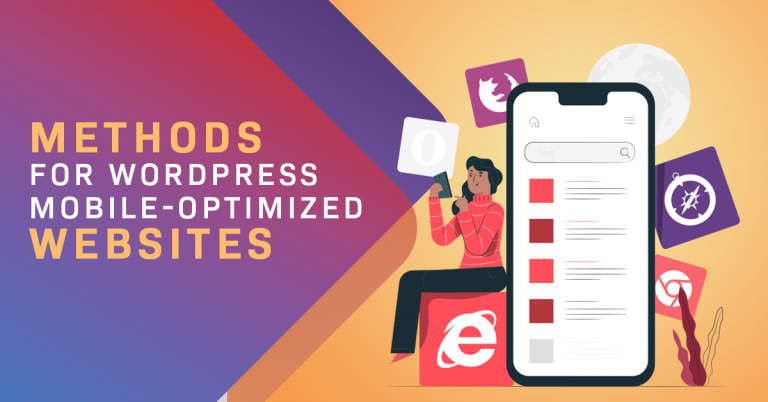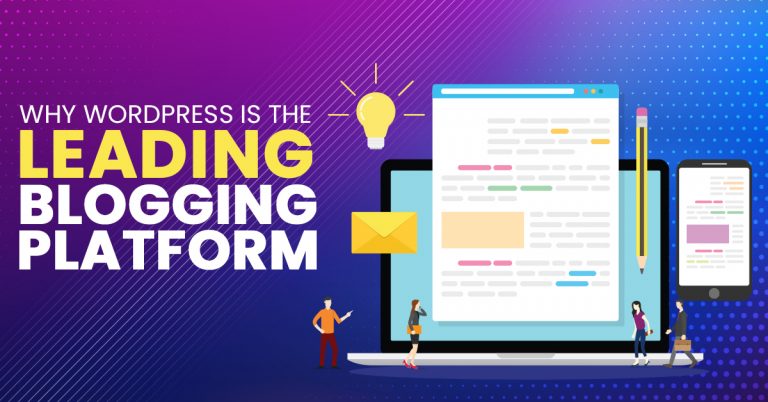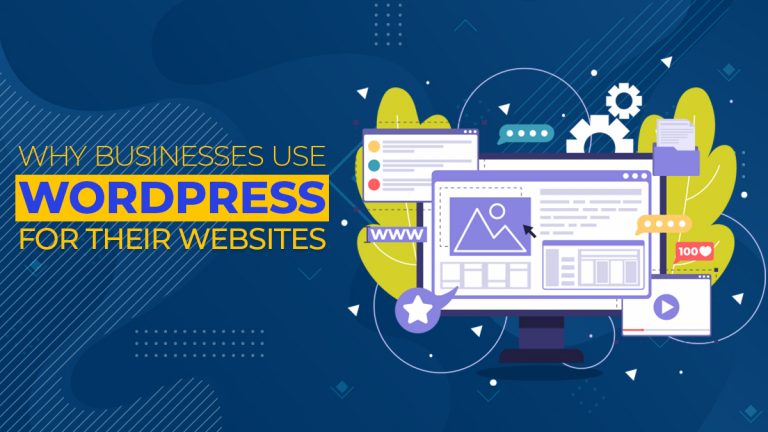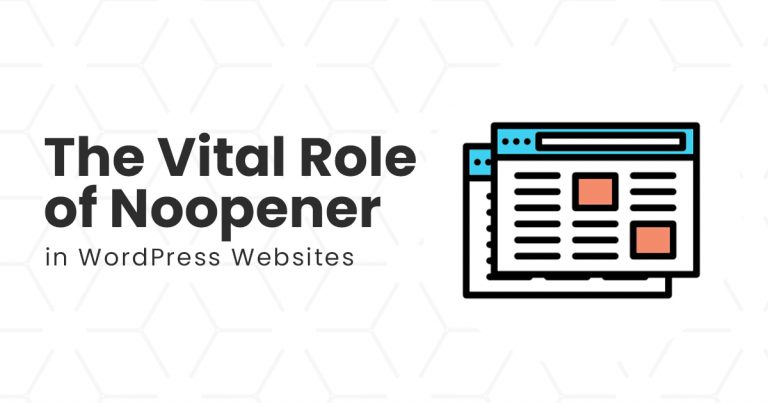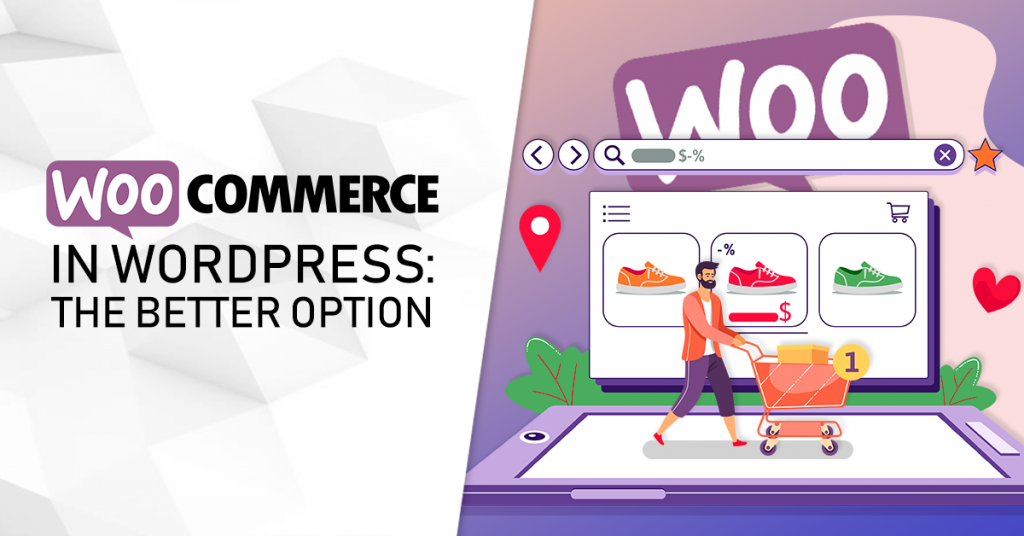
Digital buyer penetration grew to about 63% of internet users worldwide in 2019. The rise of e-commerce continues with 1.66 million global digital buyers by 2017, and analysts predict it to cross over 2 billion online shoppers in 2020. With WooCommerce (WordPress) leading at nearly 30% in the list of popular e-commerce platforms, let’s take a look at why businesses love to use it.
WooCommerce and WordPress
At its core, WooCommerce is an open-source e-commerce plugin for WordPress, free and mainly developed for online small or large-sized sellers who currently use WordPress for their business.
Furthermore, the plugin is easy to install, straightforward to use, and can be customized to suit your needs. Furthermore, users can have lower maintenance and operating costs compared to larger platforms like Magento or Shopify. Also, you can build an online store with additional extensive features that are available on-demand and easy to understand.

Lastly, with WooCommerce being a WordPress-based platform, users can establish a fully functional online e-commerce in an official WordPress website with a blog. All components — the platform, website, and blog are packed and presented together smoothly.
Why WooCommerce is Great
- It is free and works well on any device.
- Installation and use are straightforward.
- Many companies use it to power their e-commerce WordPress websites. WordPress has the best website builder and is far ahead of its competition, Joomla and Drupal. Most importantly, it leads the market at 67% of the total number of websites that use CMS. In other words, its reputation speaks for itself.
- It’s very flexible and comes with a wide range of easy-to-use customization options and themes. Furthermore, it has nearly about 1,000 free plugins and 300+ extensions available.
- It provides an intuitive interface, and no coding skills are needed to handle it.
- Finally, the plugin comes with user reviews and ratings so that the customers can rate their products openly.
Some of the cons of WooCommerce
No application is perfect, and this plugin is no exemption. With that, we listed down the several considerations you need to think about before attempting to use WooCommerce in WordPress:
- WooCommerce is a WordPress-only plugin.
- To non-WordPress users, it can be a little challenging to create an online store because you have to take a server, install WordPress. Afterward, choose a topic that is WooCommerce-compatible and then add the WooCommerce add-on.
- It offers no free hosting. In other words, you have to pay for it.
Let’s check what the competition has to offer
Since WooCommerce in WordPress is developed not a stand-alone platform, it does not offer a fully-featured package, such as hosting and everything integrated. Compared to other competitors like OpenCart, Shopify, and Magento that are e-commerce-only platforms, you cannot expect to get everything from it.
We’ll show you what you’re getting from these other platforms in a nutshell:

Magento
- It comes in two versions: CE and EE (Community edition and Enterprise edition), free and paid versions, respectively.
- Magento is rated as SEO friendly. However, you have to be familiar with the rules of the SEO game.
- Hosting is not free.
- The platform gives better control over your e-commerce site.
- Customization needs an expert.

Opencart
-
- In terms of user-friendliness, the survey results show that it wins over Magento but fall behind WooCommerce in WordPress.
- The extensions and modules that OpenCart provides can be customized down to its core.
- Better control over your e-commerce site.
- Admin panel is excellent for beginners.
- You need to buy the paid version to get those add-ons and additional features.
- Basic installation does not have add-ons or content.
- Hosting is not free.
- Some functionalities are challenging and difficult to handle.
- Also, there are issues with encountering errors while updating core and plugins

Shopify
- No free plan available.
- The only platform that comes with integrated hosting.
- It does not offer complete control over your website. For instance, Shopify only provides a few product attributes to identify: size, color, and material.
- It provides a 14-day trial and then monthly subscriptions afterward.
- Expensive, including its plugins, compared to other competitors
- Higher transaction fees
Final thoughts
In conclusion, WooCommerce in WordPress has a better advantage even while each competitor gives a strong presence in the community. From an open-source CMS, full site control, lots of free and paid tools, and easy to use interface for beginners and experienced developers, the whole package is hard to ignore.


